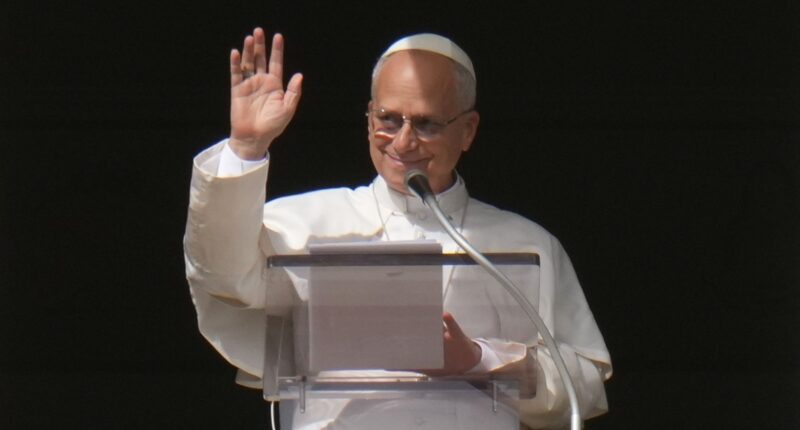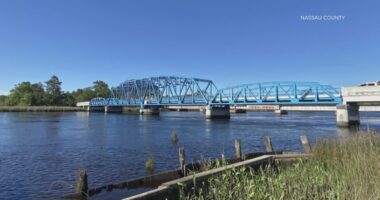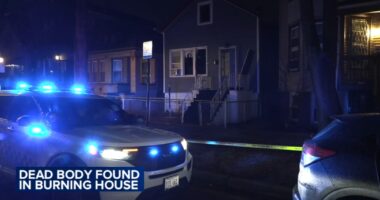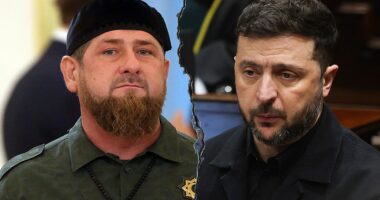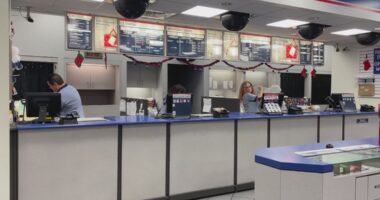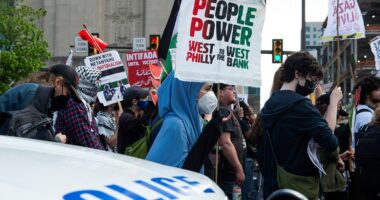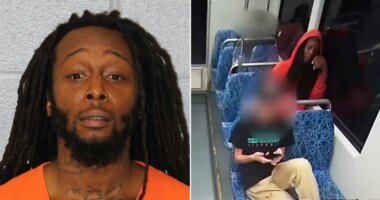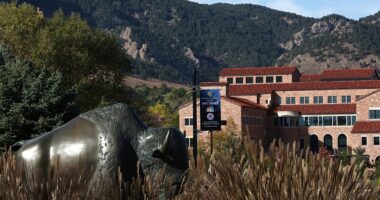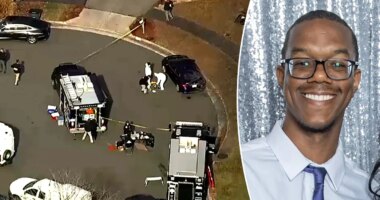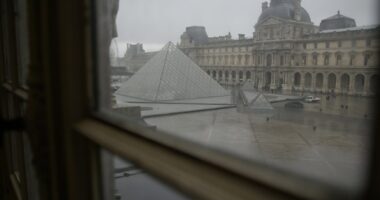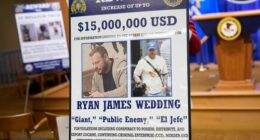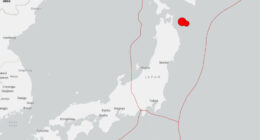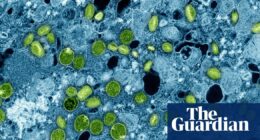Share this @internewscast.com
Pope Leo XIV is set to embark on his inaugural foreign visit next month, a significant journey that will take him to Beirut and Turkey. In Beirut, he will offer prayers at the site of the tragic 2020 port explosion, which claimed over 200 lives and exacerbated Lebanon’s ongoing economic and political turmoil. This visit marks a poignant moment, as it was a journey that Pope Francis had hoped to make before his passing earlier this year.
The Vatican unveiled the details of Pope Leo’s itinerary, which spans from November 27 to December 2. This trip presents a crucial opportunity for the first American pope to address interfaith and ecumenical relationships. Moreover, it highlights the challenges faced by Christians in the Middle East amidst complex regional tensions.
Pope Francis had long aspired to visit Lebanon, but the nation’s dire economic and political conditions stood in the way. Now, Pope Leo aims to fulfill this aspiration, underscoring the continuity of Francis’ legacy.
A key highlight of Pope Leo’s journey is his visit to Turkey, where he will commemorate the 1,700th anniversary of the Council of Nicaea, the first ecumenical council of Christianity. This marks a symbolic gesture of unity and dialogue with the Orthodox Christian community.
Pope Leo has emphasized his commitment to maintaining the interfaith and ecumenical initiatives championed by Francis. During his visit to Turkey, he will engage in several prayer sessions alongside Patriarch Bartholomew I, the spiritual leader of the world’s Orthodox Christians.
The historic site of Nicaea, now known as Iznik, is situated southeast of Istanbul. On November 28, Pope Leo will travel there by helicopter to offer a brief prayer at the archaeological site of the ancient Basilica of Saint Neophytos, a significant location for Eastern Orthodox Christians.
A visit to the Armenian cathedral in Istanbul
Another significant moment in Turkey is Leo’s Nov. 30 prayer at the Armenian apostolic cathedral in Istanbul. Francis didn’t go there during his 2014 trip, but a year later he angered Turkey when he declared the slaughter of Armenians by Ottoman Turks “the first genocide of the 20th century.”
Historians estimate that up to 1.5 million Armenians were killed by Ottoman Turks around the time of World War I, an event widely viewed by scholars as the first genocide of the 20th century. Turkey, however, has insisted that the toll has been inflated, and that those killed were victims of civil war and unrest, not genocide. It has fiercely lobbied to prevent countries, including the Holy See, from officially recognizing the Armenian massacre as genocide.
Leo has tended to avoid polemics during his first six months as pope, so it will be telling if he repeats Francis’ characterization of the slaughter.
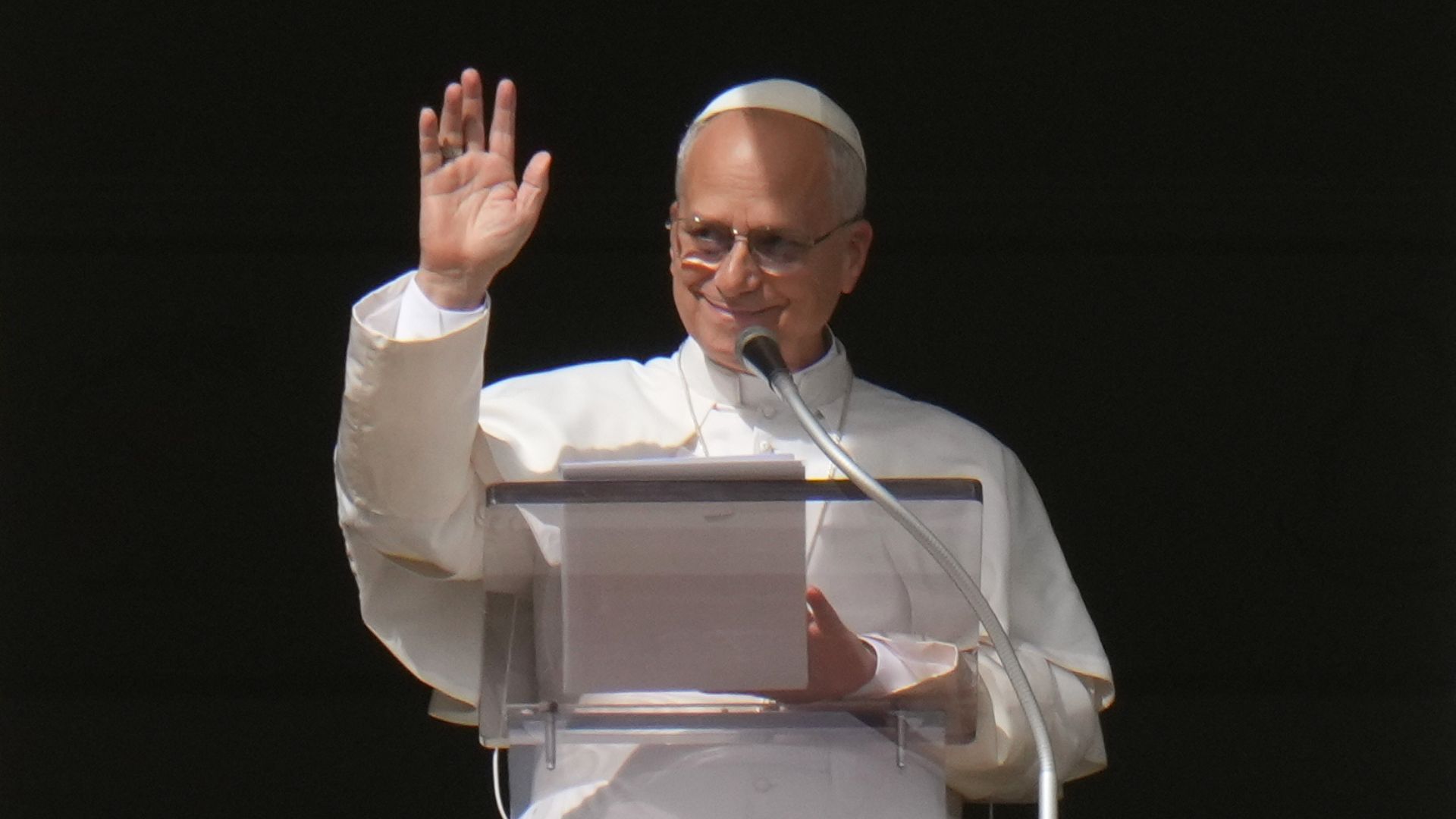
A prayer at site of Beirut port blast
In addition to the traditional protocol visits with Turkish and Lebanese leaders, meetings with Catholic clergy and liturgies, Leo’s visit to the site of the Aug. 4, 2020, Beirut port blast will likely be another stirring moment in his trip, coming on its final day.
The blast tore through the Lebanese capital after hundreds of tons of ammonium nitrate detonated in a warehouse. The gigantic explosion killed at least 218 people, according to an AP count, wounded more than 6,000 others and devastated large swaths of Beirut, causing billions of dollars in damages.
Lebanese citizens were enraged by the blast, which appeared to be the result of government negligence, coming on top of an economic crisis spurred by decades of corruption and financial crimes. But an investigation into the causes of the blast repeatedly stalled, and five years on, no official has been convicted.
While Leo will celebrate Mass on the Beirut waterfront and travel to some areas near the Lebanese capital, his itinerary is significant for where he is not going: He will not visit Lebanon’s south, battered by last year’s war between Israel and the Lebanese militant group Hezbollah.
RELATED | PHOTOS: Aftermath of explosions in Beirut, Lebanon
Places left off itinerary in both Lebanon and Turkey
While the brunt of the destruction was concentrated in Shiite communities that form Hezbollah’s main base of support, Christian communities were also impacted by the conflict, with houses, agricultural land and even churches destroyed. Christians groups in southern Lebanon had lobbied for the pope to visit the area.
In Turkey, there are also no plans for Leo to visit the landmark Hagia Sophia monument in Istanbul as previous popes have done. The former Greek Orthodox patriarchal basilica, which was a mosque during Ottoman times, was a museum when Francis visited in 2014.
But in 2020, Turkish President Recep Tayyip Erdogan ‘s government changed its status from a museum back to a mosque and opened it up to Muslim worship. At the time, Francis said he was “deeply pained” by the decision.
Despite the renovations to preserve its historic domes, Hagia Sophia remains open to visitors and worshippers. Leo will visit the nearby Sultan Ahmed Mosque, popularly known as the Blue Mosque.
___
Sewell reported from Beirut. Associated Press writer Suzan Fraser in Ankara, Turkey, contributed to this report.
___
Associated Press religion coverage receives support through the AP’s collaboration with The Conversation US, with funding from Lilly Endowment Inc. The AP is solely responsible for this content.
.
